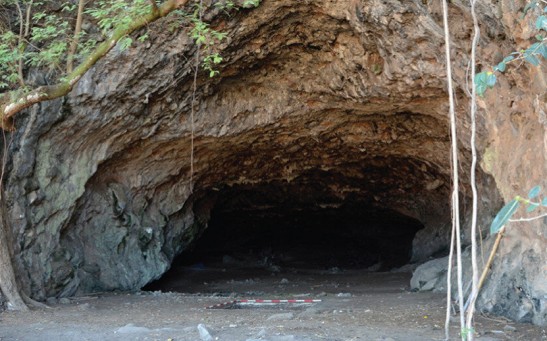bones
Fossil Evidence Says Shovel Lizards 'Hibernate' Like Modern Animals
Which Dinosaur Bone Helps Support Their Weight?

Effective Ways to Avoid Fractures When You Have Osteoporosis
Researchers Revealed How the Dragon Got Its Frill
'New Bone Scaffold Material' Has Been Developed & Apt For Bone Regeneration
A New Dinosaur Called Moabosaurus Utahensis Discovered By BYU Professors
Dairy-Free Diet Could Result To Osteoporosis & Other Poor Bone Health Risks, Experts Warn
Wolverine For Real: Calcium Is Not The Only Thing Essential For Strong Bones, You Need Metal Too
Sea Urchin Spines Now Repair Different Bone Problems With The New Biodegradable Material
Regrowing A Bone Is Now Possible: Helps People With Great Trauma
Yale Traces the Origins of all Snakes
Ancient Man May Have Been More Tactile Than We Thought—Stone-Age Brains & Modern-Day Hands
Early Man and the Issue of Weak Bones: How Sedentary Lifestyle Led to Now
Ibuprofen is better option for children with fracture
Most Popular

How Technology Is Changing the Real Estate Industry?

How a Plant-Based Diet Can Protect Against Breast Cancer: Insights from Nutrition Research

Study Reveals High Turnover in Scientific Research Careers: What This Means for Future Scientists

Why It's So Difficult to Lose Weight: The Biological Explanation Behind Obesity






